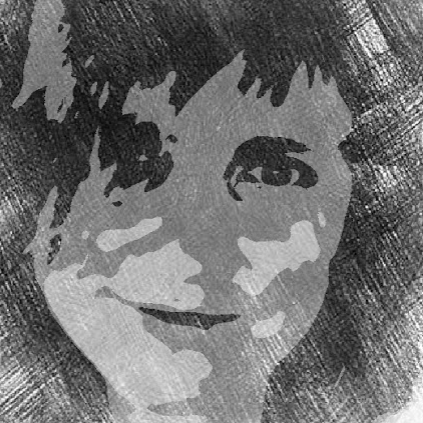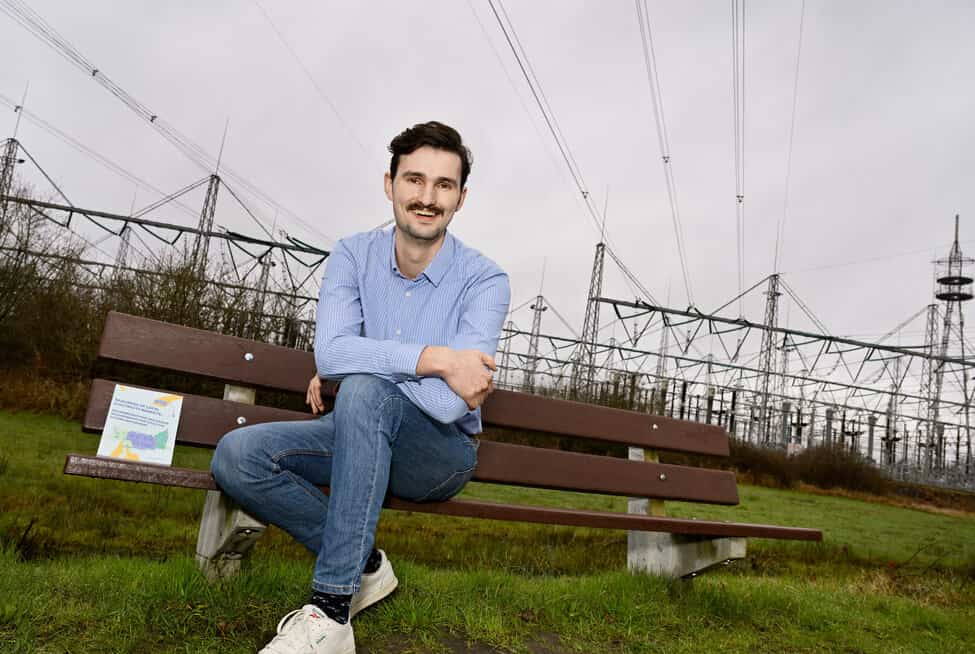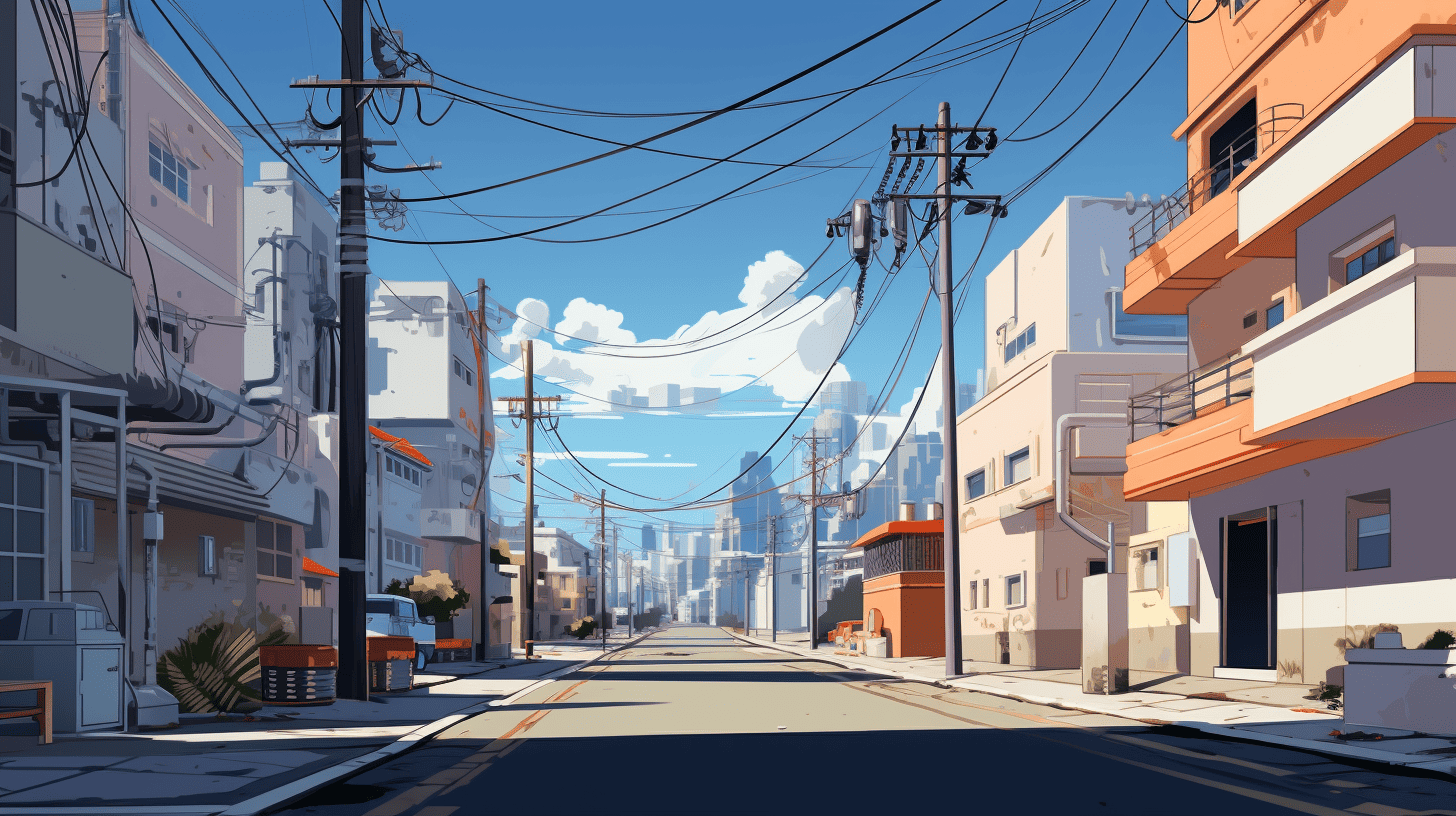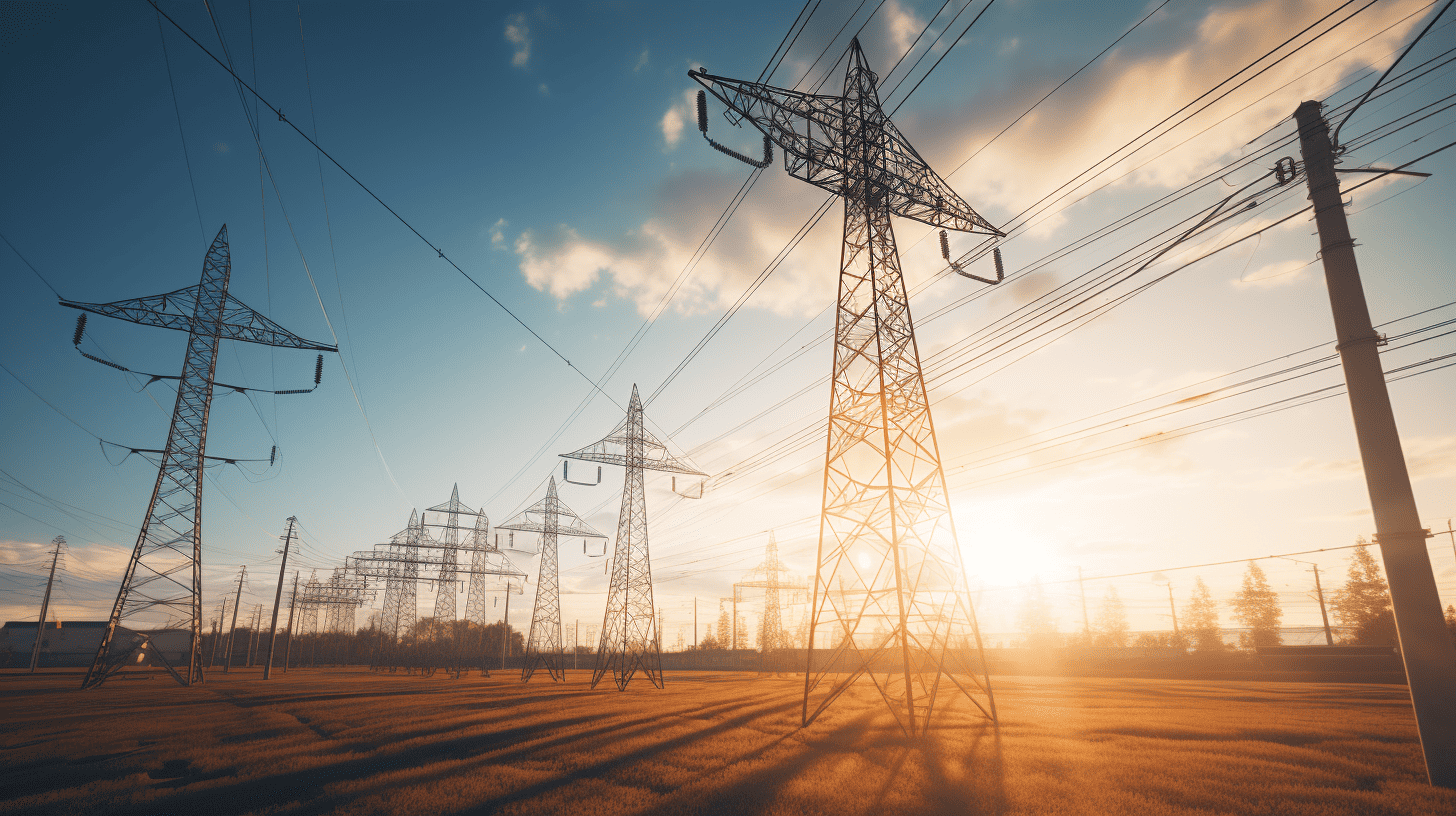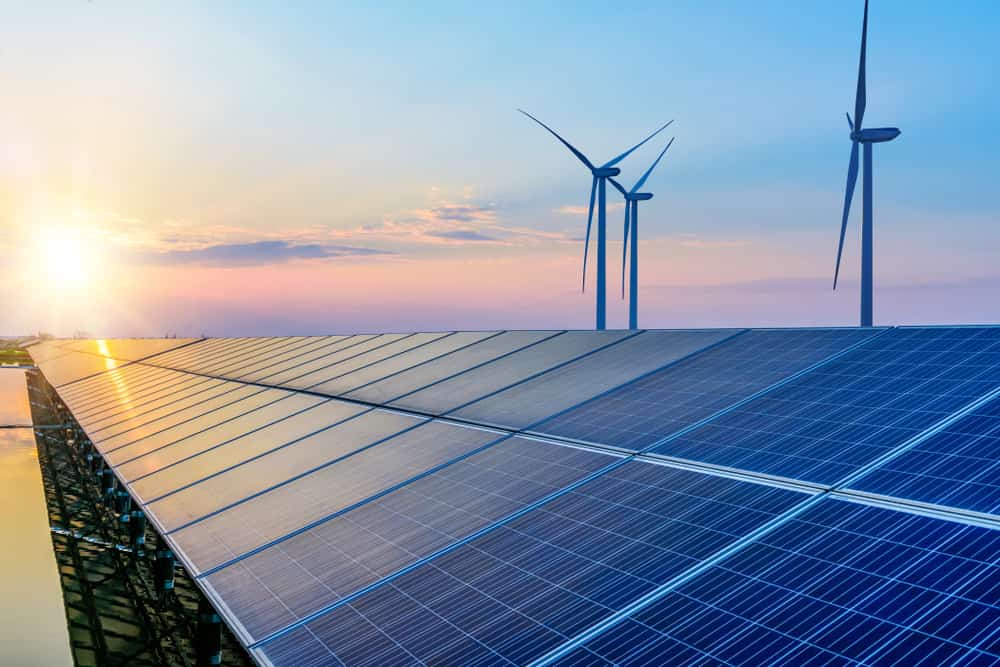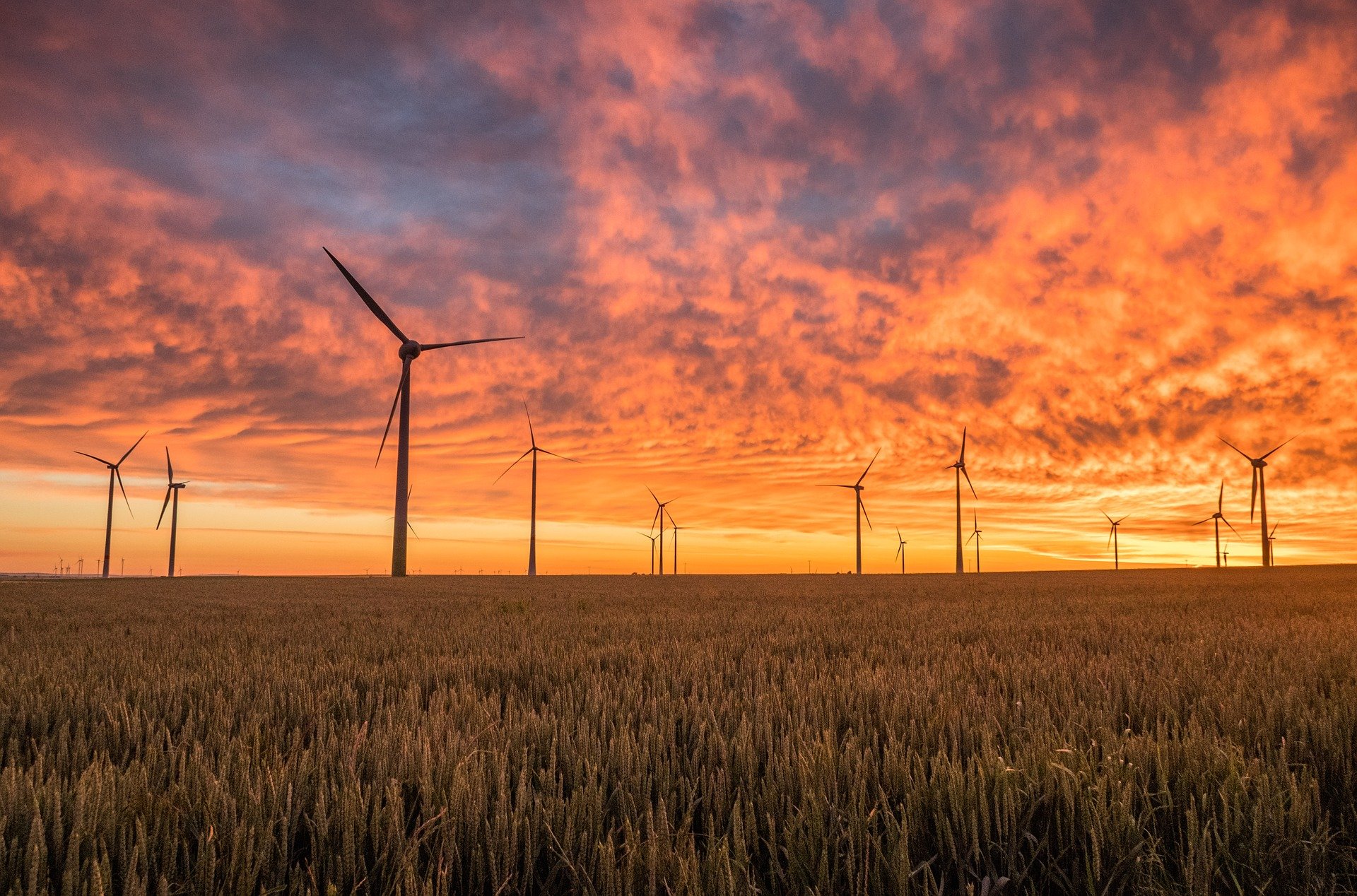
The Digital Toolbox is the Eindhoven University of Technology’s working title for research and development of various digital models that pave the way for the transition to sustainable energy in the Netherlands. Using calculations and predictions based on current data, it should become clear which investments in buildings, urban infrastructure and the grid will be useful and efficient in order to be able to live and work CO2-neutral by 2050.

It is an unbelievably huge and complicated chore that is full of uncertainties, Lisanne Havinga agrees. Havinga is putting the project together with several other colleagues within the recently founded Eindhoven Institute for Renewable Energy System (EIRES). “It often involves new technology that is not yet known whether or not it is the most efficient. You often see that this uncertainty has a paralyzing effect. People then think: I’ll wait until it’s crystal clear what the best option is. But you shouldn’t do that because otherwise you won’t get anywhere. That is why we include in the models a calculation of any of the risks involved in investing in sustainable technology. So that you know what it will cost you and what you can do about it.”
It’s a bit of a mixed-up mess
At the moment, different organizations are more likely to get in each other’s way than to work together on an efficient energy transition, says Havinga. “A municipality in the Netherlands, whose name I won’t mention, decided to shut down the gas supply to a neighborhood district. At about the same time, the energy company decided to renew the gas pipeline there.”
Therefore, that’s just throwing money overboard. Another example of not operating very wisely is a municipality that decided to leave the gas pipeline in place to a farm in a rural area after talking to the farmer. “While the pipelines in a neighborhood in the center had to be removed. This is inefficient because the complexity of removing gas pipelines in a densely built-up area is more complicated. Whereas continuing to use a gas pipeline to a single farm outside the built-up area is expensive.”
Transition models for residential areas
Havinga is working on a model that allows municipalities to identify the best options for making neighborhoods more sustainable with the aim of preventing those kinds of miscalculations. There is also a model in the making for individual homeowners and housing corporations of which a trial version is being tested in residential areas in Eindhoven and Tilburg.
Outside these areas, Havinga is testing sustainability models in collaboration with the municipalities of Delft, Utrecht, and Amsterdam. There are plenty of old buildings where the complexity of the building has to be taken into account. “Hundreds of websites are out there where you can check out what a good way is to make your home more sustainable,” Havinga notes. “Except that they’re no good.”
At the moment, it seems that every municipality is just haphazardly doing something. “Thousands of civil servants are working on it across 352 municipalities on more than 3500 neighborhoods. They are all scratching their heads because they haven’t a clue,” Havinga adds. But meanwhile, they have to meet the Paris climate targets and be CO2 neutral by 2050. If a good model is available in a few years’ time that they can all use, that will help municipalities.
Where do you put wind farms?
Apart from making buildings more sustainable, the energy transition is an enormous undertaking for grid managers and energy producers, Havinga points out. For these organizations, the question is where they need to increase grid capacity in order to be able to move around peak amounts of solar and wind energy. “One of the problems is that they don’t have much say in the matter. Decisions about the locations of solar and wind farms are taken by local authorities. While grid operators do have a vested interest in this. They would prefer to put those energy parks all in one place because all you have to do then is lay pipelines along one route.” Which is more efficient. That goes without saying. But that’s not how things are done at present.”
There are dozens of researchers from five TU/e faculties working on all the various models that EIRES is developing, Havinga says. These are electrical engineering, mechanical engineering, industrial design, built environment, and industrial engineering & innovation sciences faculties. Mobility (which plays an important role in the energy transition because of the transition to emission-free, electric transportation and the essential charging capacity that goes with it) falls under mechanical engineering and construction.
The idea is that the various models will work in parallel with each other. Some of these function at macro and others at micro level. The Dutch energy system will become CO2 neutral in an integrated way this way.
Solutions for bottlenecks
EIRES is collaborating with the Eindhoven Artificial Intelligence Systems Institute (EAISI), energy companies, and industries that make equipment for sustainable energy generation and storage. The aim is for these companies to continuously improve the equipment that is needed. As well as adapt it to the conditions and circumstances under which it functions best. Models showing the environments in which they are used also demonstrate this. The models should also make clear what won’t work well. “Solutions can then be devised for this,” Havinga continues. “That may involve new technology, but it may also involve subsidies that offer an incentive.”
The Digital Toolbox is one of the four iconic projects of the Eindhoven Institute for Renewable Energy Systems (EIRES). EIRES was founded in 2020 by the TUe. Other projects include the development of a salt battery to store sustainably generated heat, metal fuel and the development of cheap electrolyzers.

